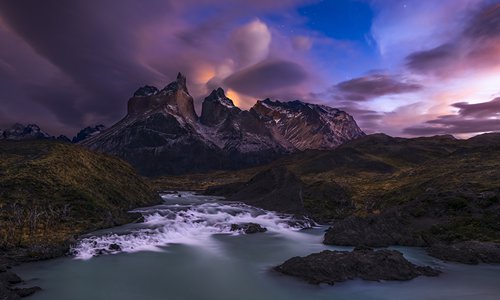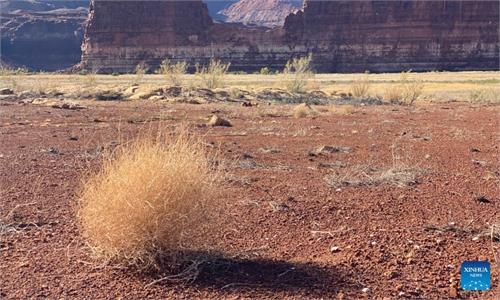
Lying between the Andes Mountains and the Patagonian Steppe in southern Chile, Torres del Paine National Park is regarded as one of the most spectacular scenic spots in South America. Blessed with great natural beauty across its ridges, glaciers, waterfalls and lagoons, the park was designated as a World Biosphere Reserve by UNESCO in 1978.
A drought in the Peruvian Andes has ravaged alpaca flocks and withered potato crops, forcing the government to declare a state of emergency on Saturday for 60 days in more than 100 districts.
Hardest hit are rural communities in the Arequipa and Puno departments in Peru’s southern region, where the government decreed a state of emergency “due to imminent danger from water shortage.”
The national weather service, Senamhi, described the drought as one of the worst in the past half century, exacerbated by the offshore La Nina weather phenomenon in the central Pacific Ocean.
“November 2022 was one of the driest [months] in the last 58 years in various weather stations in the Andean region,” Senamhi reported.
Andean hamlets for Quechua- and Aymara-speaking indigenous groups have faced critical losses of crops and livestock herds.
“For lack of forage and water, the alpacas are dying. My alpacas have died,” Isabel Bellido, an alpaca farmer, told AFP from her mountain home in Lagunillas near Puno, a regional capital at 4,200 meters in elevation and some 850 kilometers southeast of Lima.
Carlos Pacheco, a veterinarian and expert in llamas and alpacas, said a worst-case scenario would be for the drought to endure. “The animals are already underweight, and there is no pasture,” he said.
At high altitude in the Andes, temperatures can drop to - 20 C, and cause mass deaths of sheep and alpacas, vital to the subsistence of dwellers in mountain hamlets.
AFP



